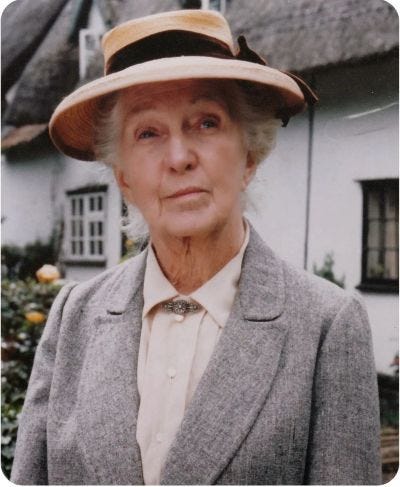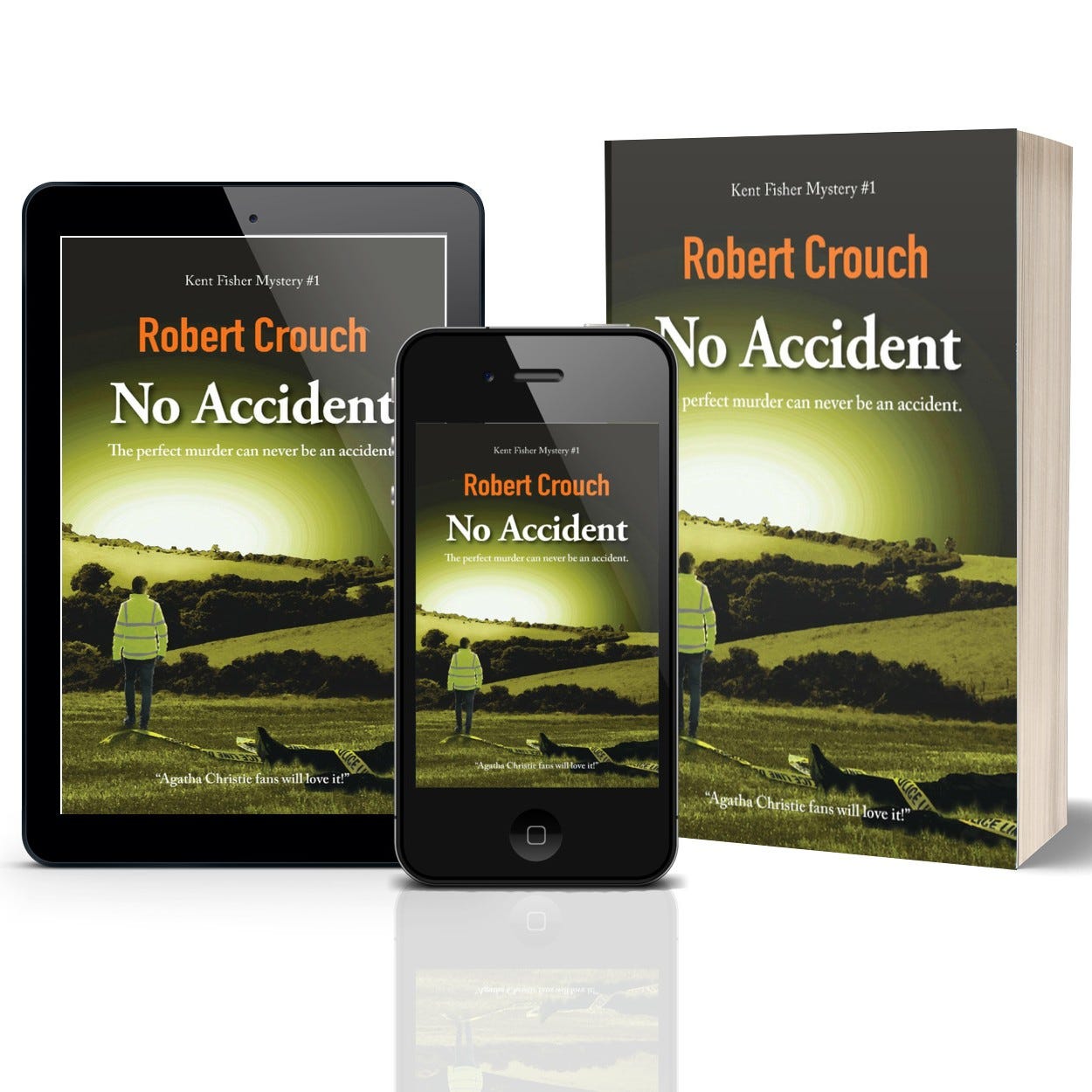It’s murder creating a new detective for a crowded crime fiction market
Until you realise, you’re the answer.
It’s so frustrating.
Night after night you sit there, staring at a blank screen, determined to create something fresh and exciting for a crime fiction market that’s already saturated with memorable detectives.
Bestselling authors have created every type of detective and used every character flaw you can imagine. They’ve already tantalised readers with the twists, surprises and red herrings that fill their notebooks.
Did I really want to write murder mysteries?
Could I create a detective crime lovers would want to read?
Over the years, I’d read them all, from Sir Arthur Conan-Doyle to Ian Fleming and Agatha Christie.
Wherever I was, at work or at play, I saw murder.
The parked car that hadn’t moved for a week had to have a body in the boot.
How about the arrogant chef at the upmarket restaurant I inspected? I could find him at the bottom of a freezer during my next hygiene inspection.
You can’t imagine how many people I could have murdered during my years as an environmental health officer (EHO).
And that was just senior management.
Then one night, settled on the sofa to watch A Murder Is Announced, Miss Marple helped me discover one of the crucial secrets to the murder mystery.
Hide the clues in plain sight.
It didn’t help me create a detective, but it made me believe I could write a classic whodunit.
Over the next few weeks and months, my novel took shape in my imagination. I imagined it on TV, in the Sunday evening family viewing slot, occupied by such greats as Inspector Morse.
It had to be something fresh, with a bright, contemporary twist that would delve into modern themes and the complex backstory of a detective facing family and historical conflicts.
As the requirements for my detective took shape, realisation stopped me in my tracks.
The crime genre was already awash with traumatised police detectives and world-weary private investigators.
I wanted a different detective.
I needed something no one had noticed or used before. A minor detail only I could exploit.
Looking back, it should have been obvious.
But inspiration had to wait for a sunny June morning. Whenever I drove across my South Downs district, I imagined where I could hide bodies among the gentle slopes and clusters of trees. Places like Shooters Bottom, which led to the white chalk cliffs, sounded perfect for a thrilling climax.
Sadly, my mission that morning was an unannounced inspection of a village tearoom to check food hygiene standards. And the quality of the scones, naturally.
When I entered, I paused at the door to take in the murmur of conversation and the clink of teacups. Plates of scones and cakes filled tables lined with lacy cloths and doilies. The refined customers sipped Earl Grey, unaware of my presence or purpose.
What if they were also unaware of the murder outside?
The sharp contrast between the bucolic scene and the brutal murder took my breath away.
A thought came out of nowhere.
What if I stumbled across a body while inspecting the store and bakehouse at the rear?
What if it looked like a work accident?
Apart from some insignificant details that didn’t add up.
Details an environmental health officer (EHO) like me would notice.
No one had used an EHO to solve a murder before. He would be an ordinary person like you or me. But his work, his connections in the community and beyond, and his keen eye for detail made him the perfect person to uncover a mystery no one else could.
After months of false starts and dead ends, the answer to my detective conundrum turned out to be me.
Or an environmental health officer like me, with a knack for spotting what others miss. A man who prefers the company of animals over people, but whose sharp eye for detail finds the truth hidden in plain sight.
It took a while to find a name for my sleuth, though Hollywood lent a hand.
But once Kent Fisher materialised, my notebooks couldn’t cope with the ideas that flooded in. With fresh angles, a compelling detective, and scenarios that would offer readers something new and exciting, readers could look forward to something they’d never seen before.
It was far from plain sailing.
Creating a baffling murder was easier than turning Kent Fisher into a plausible detective. His early appearances were more Rambo than amateur sleuth. I gave him the world’s worst wife, and more personal issues and complications than the plot of the first novel.
My desire to complicate led to unexpected challenges and hurdles, which hampered the progress of my opening novel, No Accident.
But despite the setbacks, I refused to give up.
On June 19th, 2016, an independent US publisher released No Accident.
It was an anxious day, spent worrying that no one would buy the book.
What if someone did and spotted errors everywhere?
The fears receded as readers enjoyed No Accident. No one guessed or worked out the identity of the killer.
Best of all, readers liked Kent Fisher and his witty one-liners.
A review from Crime Fiction Lover was music to my ears.
“Expect sharp dialogue and irreverent humour in this whodunnit, which manages to pay homage to the traditional murder mystery, while striking a contemporary and irreverent note.”
Now, all I had to do was repeat the process.
I’m proud to have created the Downland Murder Mystery series, which mixes traditional whodunits with modern-day intrigue.
If you’re looking for a cosy mystery with a twist - and a sleuth who’s as real as your local environmental health officer - then you can get to know Kent Fisher in No Accident.





